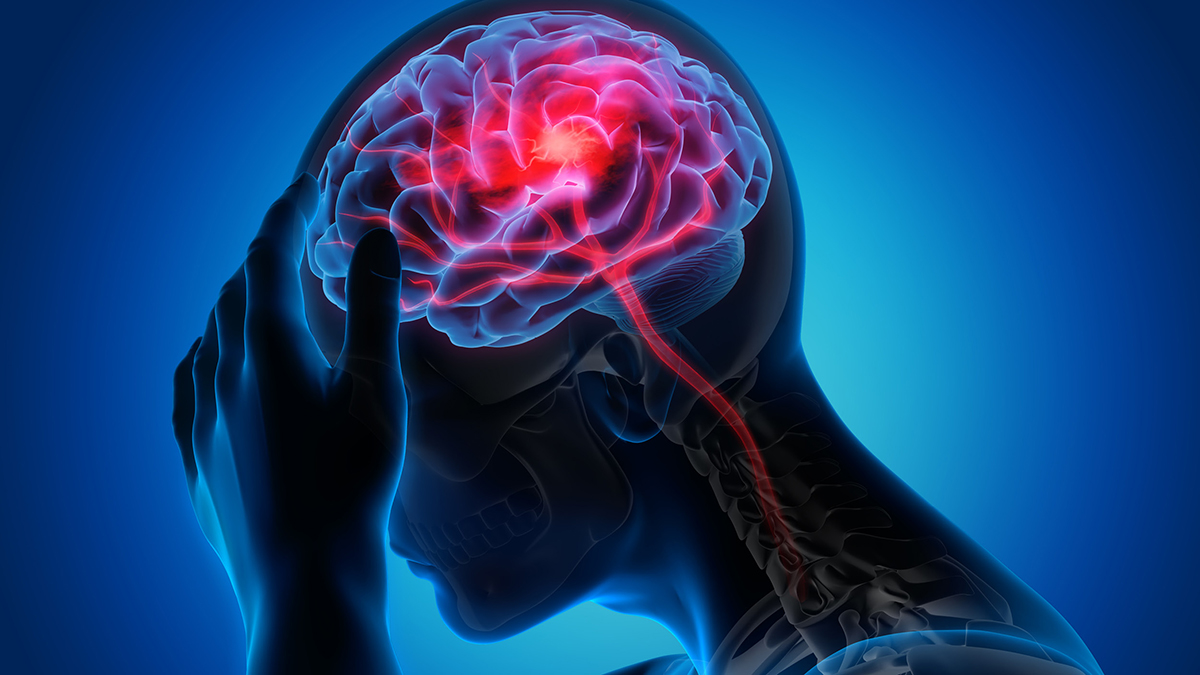Skip to site content

It only takes 60 seconds. Cerebral blood flow stops. Oxygen supply diminishes. Brain cells start to die. Strokes require prompt action. However, the American Heart Association (AHA) reports that stroke awareness is inadequate. Improved understanding has the potential for a far-reaching impact.
By protecting one individual from a stroke, we serve many. Wives eat another meal with their husbands. Fathers keep inspiring their sons. And grandparents enjoy the benefits of retirement. Stroke awareness is worth the effort.
Strokes are the primary cause of severe long-term disability, affecting approximately 800,000 Americans annually. Of these individuals, 600,000 have never experienced stroke symptoms. The results are often devastating. Stroke decreases mobility in more than 50% of survivors 65 and older. Many dismiss symptoms until it is too late. This statistic makes stroke recognition imperative.
The AHA adopted the FAST acronym to help with symptom identification. However, research indicated that it needed modification. More than 14% of stroke patients do not present with FAST symptoms. More than 40% of these individuals complain of vision impairment, and 42% report gait imbalances or leg weakness. FAST also missed up to 40% of patients presenting with a posterior circulation event.
Research indicates that including gait and vision symptoms reduces missed strokes 10%. Making the acronym more inclusive ensures that more people receive prompt care. Clinicians find that the BE FAST acronym is a valuable educational tool.
A blockage of blood supply to a part of the brain causes ischemic stroke, and hemorrhagic stroke results from a ruptured blood vessel in the brain. Strokes can cause lasting brain injury, long-term disability and even death. The general public must be able to recognize stroke symptoms instinctively. The BE FAST acronym improves stroke awareness.
Because Hispanic individuals are at higher risk of stroke, the AHA also adopted the RAPIDO acronym.
Strokes happen while on the go. Symptoms arise while at the grocery store or picking up grandchildren from school. That’s why people need to recognize stroke symptoms and respond quickly.
Several factors increase a person’s risk of experiencing a stroke. Many of these contributors to strokes are modifiable. However, people often do not know what or how to change. They do not understand that they have the power to reduce their risk of stroke.
That’s why physicians are so influential in stroke awareness. According to Gallup, doctors are some of the most trusted professionals. That means your patients are more likely to heed your counsel than they would others.
Conversations about inactivity and obesity can be tricky, but your input could motivate patients to make life-saving changes. Remember to explain how patients can reduce risk factors with lifestyle changes:
Lifestyle modifications can take time to see the benefits. By addressing medical risk factors, patients decrease their risk of a stroke. Some medical risk factors worth treating are the following:
Many times, lifestyle modification alone is insufficient. Addressing problems like hypertension can significantly improve a patient’s overall health and decrease their risk of stroke.
Some things we have the power to change; others we don’t. Lifestyle and medical conditions are risk factors that patients and physicians can address. However, genetics and other demographic factors are a bit more challenging.
Knowing which patients are more prone to stroke is essential for improved outcomes.
Stroke affects hundreds of thousands of Americans annually. With each incident, a parent grieves. A spouse mourns. A child suffers. By improving stroke awareness, we advocate for patients and their families.
We are here to be your partner in care. We provide access to quality clinical care that you can depend on. To get started today, click the “Refer” button.
“Stroke Facts.” Centers for Disease Control and Prevention (CDC), 2023, Stroke Facts | cdc.gov.
“BE-FAST (Balance, Eyes, Face, Arm, Speech, Time).” The American Heart Association: Stroke, 2017, BE-FAST (Balance, Eyes, Face, Arm, Speech, Time) | Stroke.
“About Stroke.” Centers for Disease Control and Prevention (CDC), 2023, About Stroke | cdc.gov.
“Ethics Ratings of Nearly All Professions Down in U.S.” Gallup, 2024, Ethics Ratings of Nearly All Professions Down in U.S.
Subscribe to our MEDforum e-newsletter for the latest guidelines and information from Up Health.